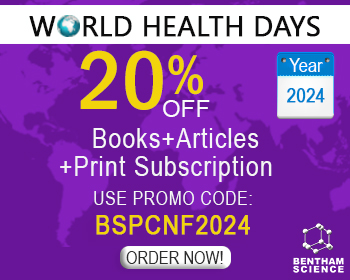Abstract
Breastfeeding should be promoted widely to improve health across Asia. In the Western Pacific Region breastfeeding prevalence is considered suboptimal, however, there is no consensus on the actual level. This review compared breastfeeding rates as reported to the Western Pacific Region of WHO with the rates obtained from other research organizations. There was considerable variability observed between the different methods of data collection. For example, the WHO and UNICEF data from the Western Pacific Region which pools information mainly from national and regional survey that are cross-sectional in nature, reported the exclusive breastfeedingrate in infants less than six months of age to be 56% in China and 41% in Japan. Whereas, studies undertaken by the Curtin School of Public Health which have limited sample sizes but all use cohort methodology, reported the rate of exclusive breastfeeding at six months to be 6% in China and 15% in Japan. The large discrepancies among results indicate that representative, accurate and reproducible datais required. This implies the use of standard WHO definitions of categories of breastfeeding and a combination of routine surveillance and cohort studies in sentinel districts. Obtaining reliable data on infant feeding in the Asia-Pacific will highlight areas of focus, target interventions more appropriately and assist health professionals and parents to continue advocating for improved breastfeeding outcomes.
Keywords: Asia, breastfeeding, rates

























